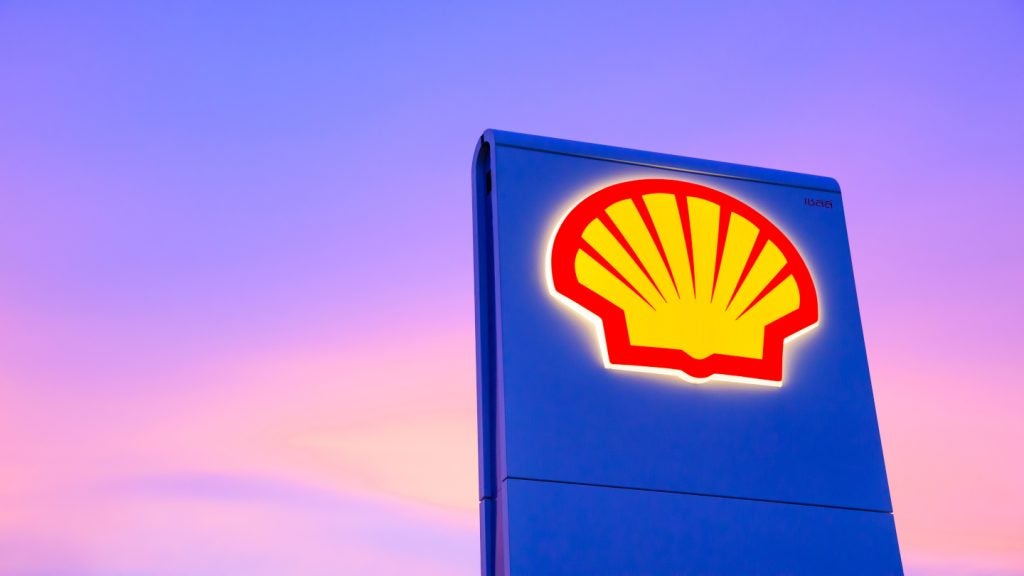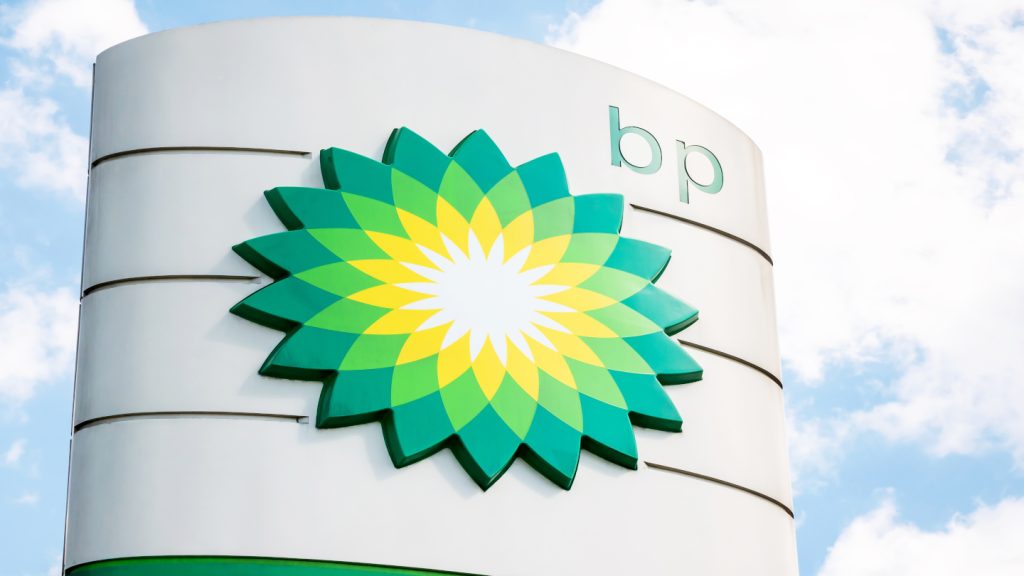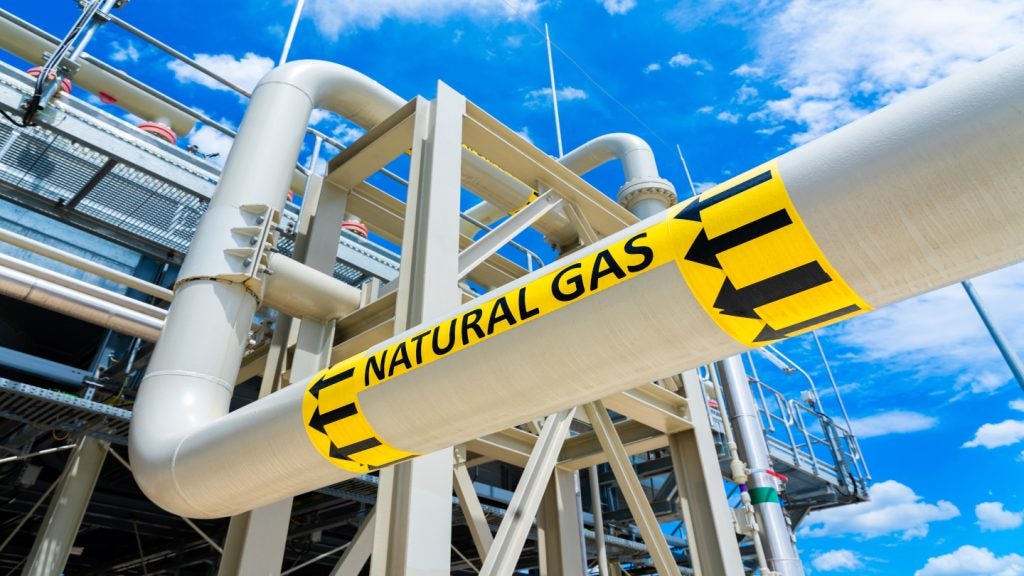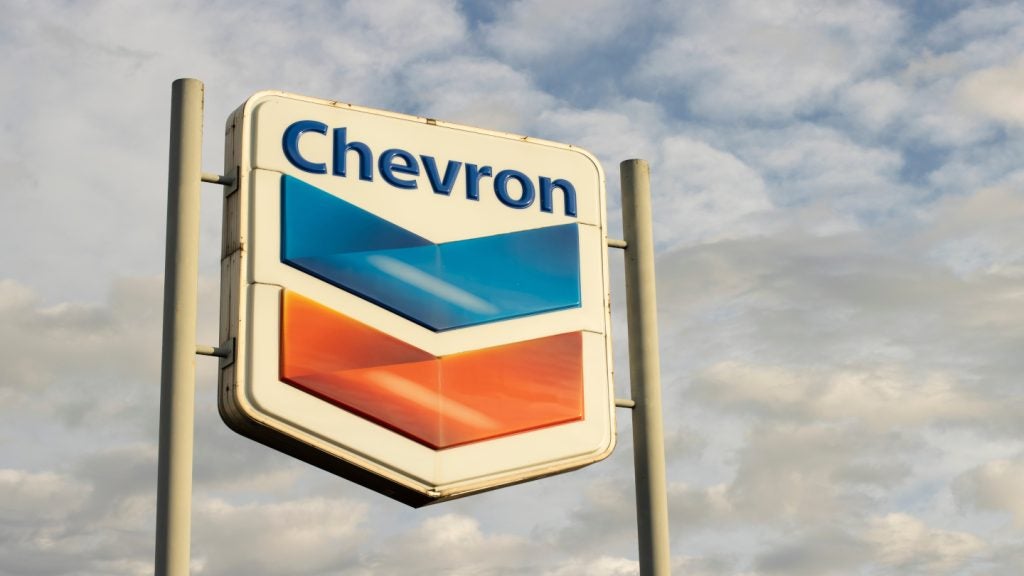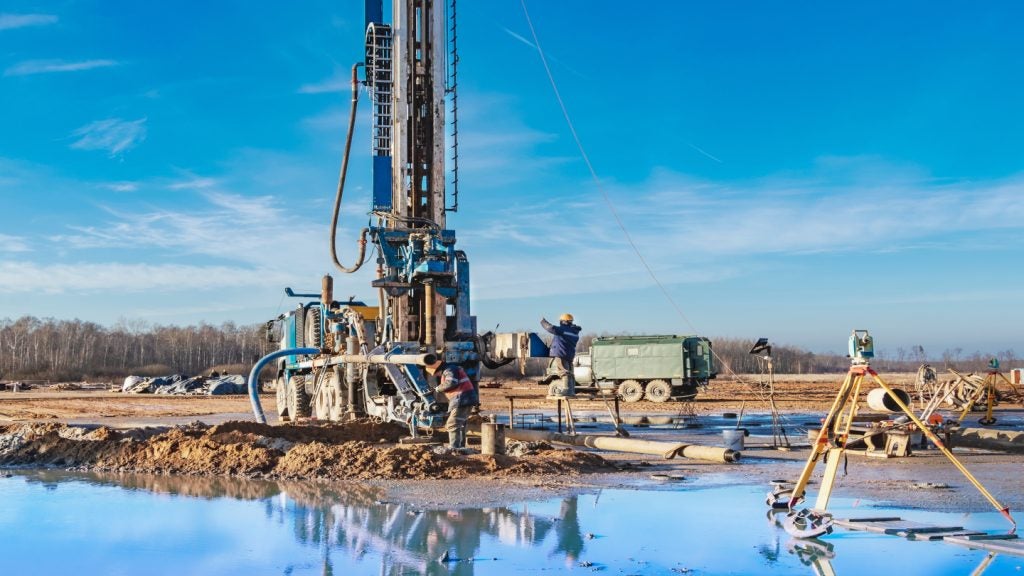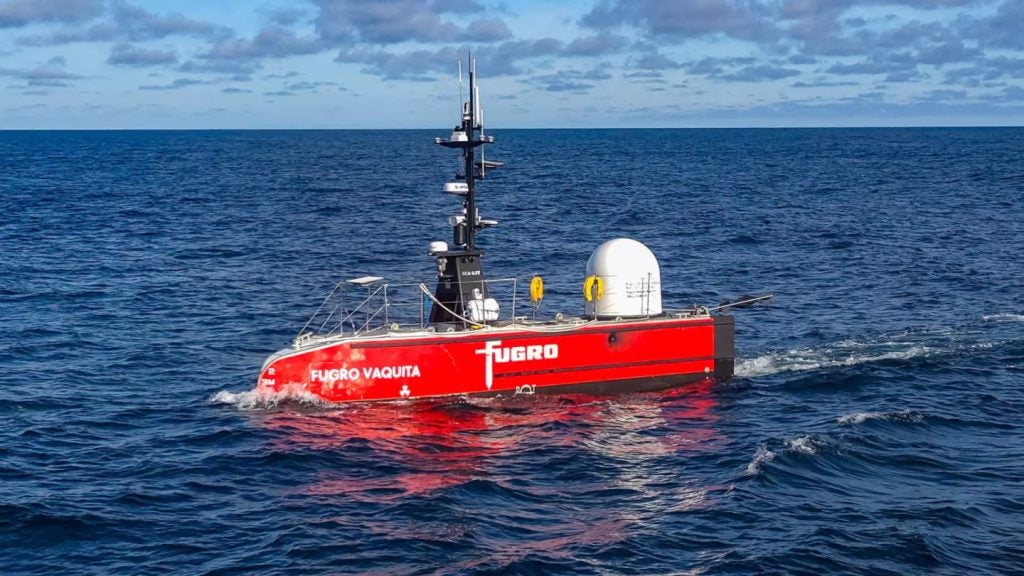Methane is a widely recognised and powerful greenhouse gas, and the oil and gas industry is responsible for approximately half of all energy-related emissions, presenting a complex landscape for the sector to tackle.
While there is an opportunity to achieve massive emissions reductions very quickly, that process will depend on the willingness of market players to seize it, and take responsibility for the problem.
Offshore Technology spoke to Julian Schwartzkopff Team Lead Gas Phase-Out at Deutsche Umwelthilfe (or Environmental Action Germany), a non-profit environmental and consumer protection association, about the issues surrounding methane’s role in the global hydrocarbons industry.
Offshore Technology: What is the current state of methane abatement globally?
Julian Schwartzkopff: The momentum for methane abatement is strong. The 6th assessment report by the Intergovernmental Panel on Climate Change (IPCC), published in 2021, confirms that methane is over 80 times as potent a greenhouse gas as CO2 over a period of 20 years. In addition, recent studies highlight that methane emissions associated with the production of oil and gas are considerably higher than widely assumed.
This new wave of research publications comes with a massive improvement in satellite imagery and measurement technologies that are both a result of, and a reason for, the increased attention paid to methane abatement.
We are witnessing a methane data revolution that enables more accurate and comprehensive monitoring of methane leaks. This allows for quicker detection and targeted mitigation efforts by companies.
At the same time, it helps in the designing, implementation and enforcing of effective methane regulations. The new data sheds light on the real, and often downplayed, climate impact of the fossil gas, and hydrogen produced. This allows us to take and reevaluate decisions on the role fossil gas should play in the energy systems of the future.
Thanks to the improved data situation, there is agreement between producers, governments, and civil society that methane emissions need to go down. More than 140 companies have joined OGMP 2.0, the UNEP framework for measuring and reporting methane emissions. Together, these companies account for over 40% of global oil and gas production.
At the same time, 159 countries have joined the Global Methane Pledge, a commitment to reducing global methane emissions by 30% by 2030 across multiple sectors. Earlier this year, the G7 nations announced that they are aiming to reduce methane emission from fossil supply chains by 75% by 2030.
These commitments by companies and countries are encouraging. But all stakeholders now need to walk the talk as methane emissions are still rising.
Methane emissions from fossil fuel production are the easiest to reduce among all the methane-emitting sectors – it’s an unrecognized scandal that despite repeated promises by industry and governments, these emissions are still rising. Technical methane abatement measures must be incentivized and taken as soon as possible to achieve the necessary emission reductions until 2030.
This includes a ban of all routine venting and flaring as well as rigorous leak detection and repair programmes, coupled with accurate, measurement-based emissions reporting. Lastly, the consumption of oil and gas needs to be drastically reduced, for example through improved efficiency and electrification.
Offshore Technology: What are the main challenges faced by companies in the oil and gas sector when addressing methane leakage?
Julian Schwartzkopff: According to the International Energy Agency (IEA) 40% of methane emissions from the oil and gas sector could be reduced at no net costs. Companies could recover the necessary investments by selling the captured methane. Currently, 267 billion cubic meters of methane are wasted. That corresponds to 70% of fossil gas currently consumed in the EU in one year and a value of $48bn at current gas prices.
When companies do not take measures to reduce methane emissions that would also generate profits, errors of management and prioritization must be assumed. Often, investments in methane abatement are pitted against other investments – for example the expansion of production that promises even higher returns. Additionally, in most companies, there is little internal incentive to prioritize methane abatement.
Companies could solve these issues by prioritizing methane abatement in their internal decision-making and by incentivizing their employees to work towards limiting leaks as well as inefficient venting and flaring practices. Some abatement projects might be complicated to launch due to gas fields being owned and operated by different companies or joint ventures.
Here, the responsibility for methane abatement – as well as the ownership of the methane capture process – might not be clear. This needs to be included in, or added to, relevant contracts between companies. To summarise, most obstacles to methane abatement could be overcome if oil and gas producers would make it a priority.
Methane regulations as well as effective implementation and enforcement will support methane abatement, adding a regulatory incentive to the economic one. This is true for regulations in producing countries as well as for regulations targeting imports in importing regions. The regulation of imports as part of the EU methane regulation signals to exporters that investing in methane abatement is an important condition to retain access to the EU market.
Offshore Technology: How will the new import standards and the EU methane pledge impact the sector?
Julian Schwartzkopff: Starting from 2025, companies importing fossil gas into the EU need to provide information on the exporter as well as the producer to competent authorities in the country that they are operating in. From 2027, they need to provide proof that the imports are subject to MRV rules (measurement, reporting, verification) that are equivalent to the rules established by the EU methane regulation for production in the bloc.
A year later, importers must report on the methane intensity of their imports and, starting from 2030, they must provide proof that the imports stay below a methane intensity standards, although that level hasn’t yet been defined. Importers are already working on strategies to comply with these rules.
Ultimately, producers will need to make sure their MRV is in line with the EU methane regulation and that their methane intensities meet the standard if they want to keep access to the EU market.
The need for producers to act on this is becoming more pressing as other markets are also starting initiatives aiming at reducing the methane intensity of imports, such as the CLEAN initiative championed by Japan and South Korea, second and fifth largest gas importers respectively.
The GMP and its 30% reduction goal is cross-sectoral. However, as the target year 2030 is approaching and progress is generally easiest to achieve in the energy sector, we expect countries to accelerate action on reducing energy methane to reach this goal in the next five years.
The methane regulation acknowledges that it poses a challenge for exporters. Therefore, the European Commission is supposed to work with exporting countries to make sure that exporters can meet the regulation’s requirements.
With the same goal, the EU, together with partners, has launched the Methane Abatement Partnership framework, encouraging exporting and importing countries to work together to facilitate methane abatement projects. The aim is for the first partnerships to be up and running by COP30 in Brazil. These partnerships, and how they are designed, are something to watch out for.
The import standard is emblematic for the growing awareness of the methane intensity of fossil fuels, and fossil gas in particular. In addition to debates on methane abatement, we also expect countries to reconsider their dependence on fossil gas. It is evident that to reduce methane emissions, the consumption of fossil gas needs to be reduced, for example through electrification and increased efficiency.
At the same, companies have already started investing in alternatives such as green hydrogen. It is now key that investments don’t go into false solutions primarily designed to save the business case of fossil companies such as the massive production of hydrogen based on fossil gas, which could lead to a rise in gas extraction.
Offshore Technology: With rising regulations around methane (such as the import standards), do you believe that methane abatement presents an economic opportunity for the oil and gas sector to maintain a competitive advantage?
Julian Schwartzkopff: As outlined above, about 40% of methane emissions from fossil energy production and transport can be reduced at zero cost. As the EU is putting in place requirements for MRV and methane intensities during production, this is an economic opportunity for first movers on methane abatement to keep access to the EU market going forward.
Gas consumption in many industrialized countries is falling as the global market for highly methane-intensive gas is beginning to slow down. This effect will be even stronger given that other import markets, such as Japan and Korea, are also starting to pay attention to methane intensities of their imports.
Offshore Technology: In your experience, was there any progress made on this issue at COP29? How do you forecast the sector will evolve to address these challenges and reduce methane leakage?
Julian Schwartzkopff: Methane, formerly a niche issue, was a big topic at COP29. The Global Methane Pledge now has 159 members, with this year’s COP host Azerbaijan joining earlier this year. At the GMP ministerial, country representatives reiterated their commitment to significantly reduce their methane emissions across sectors, including in the energy sector.
Powerful statements, including the announcement of concrete measures to reduce energy methane, were presented by a broad range of countries as well as sub-national actors, including Kazakhstan, Japan, Germany and California. A range of additional high-level debates – such as the OGMP 2.0 ministerial and the IMEO ministerial – took place, highlighting the importance of the issue.
However, it has been a disappointment that negotiators failed to agree on a wording to strengthen the commitment made at COP28 to transition away from fossil fuels. This commitment, as well as the commitment to reduce non-CO2-emissions, also part of Article 28 of the UAE consensus, remain important.
It is now key that as many countries as possible reflect both of these commitments in their NDCs. NDCs should include clear targets and strategies to reduce methane emissions from all sectors in addition to reducing CO2 emissions.
It was also shocking to see the results of UNEP’s Methane Alert and Response System (MARS), which has so far issues over 1200 methane alerts, only 1% of which were even responded to. This indicates that many countries and companies still do not treat the issue with the urgency it deserves.
Increased regulation and improved data mean that producers will need to strengthen their efforts to reduce methane emissions to keep access to major markets and stay competitive.
As methane abatement projects are not particularly technically complex and can be implemented in a relatively short period of time, there is an opportunity to achieve massive emissions reductions very quickly – but it will depend on the willingness of companies and countries to seize it and take responsibility.




